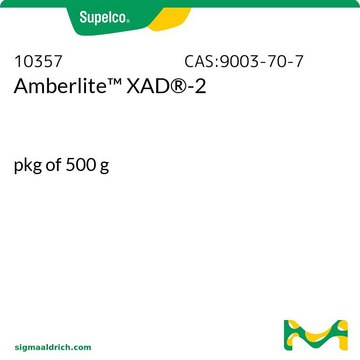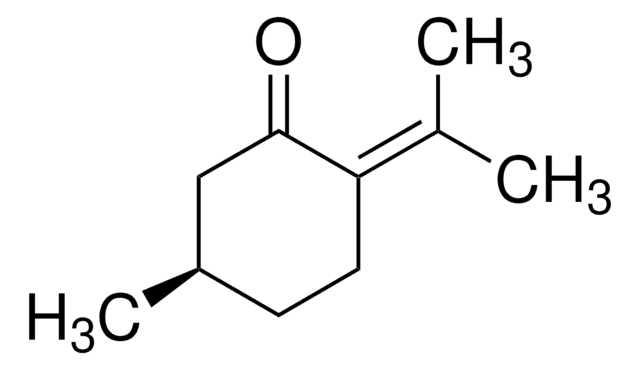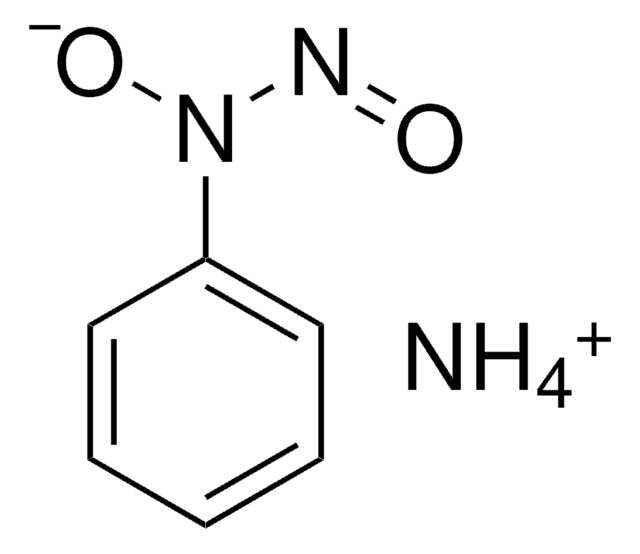662461
Lumidot™ CdSe
640, core-type quantum dots, 5 mg/mL in toluene
Synonyme(s) :
Organically stabilized cadmium selenide quantum dots in toluene
About This Item
Produits recommandés
Niveau de qualité
Forme
dispersion
Concentration
5 mg/mL in toluene
Taille des particules
6.2-7.7 nm
λmax
615-625 nm
Fluorescence
λem 635-645 nm
Température de stockage
2-8°C
InChI
1S/Cd.Se
Clé InChI
AQCDIIAORKRFCD-UHFFFAOYSA-N
Vous recherchez des produits similaires ? Visite Guide de comparaison des produits
Description générale
Application
Remarque sur l'analyse
Autres remarques
Informations légales
Mention d'avertissement
Danger
Mentions de danger
Conseils de prudence
Classification des risques
Aquatic Chronic 2 - Asp. Tox. 1 - Flam. Liq. 2 - Repr. 2 - Skin Irrit. 2 - STOT RE 2 - STOT SE 3
Organes cibles
Central nervous system, Respiratory system
Code de la classe de stockage
3 - Flammable liquids
Classe de danger pour l'eau (WGK)
WGK 3
Point d'éclair (°F)
39.2 °F
Point d'éclair (°C)
4 °C
Équipement de protection individuelle
Eyeshields, Faceshields, Gloves, type ABEK (EN14387) respirator filter
Faites votre choix parmi les versions les plus récentes :
Déjà en possession de ce produit ?
Retrouvez la documentation relative aux produits que vous avez récemment achetés dans la Bibliothèque de documents.
Notre équipe de scientifiques dispose d'une expérience dans tous les secteurs de la recherche, notamment en sciences de la vie, science des matériaux, synthèse chimique, chromatographie, analyse et dans de nombreux autres domaines..
Contacter notre Service technique











